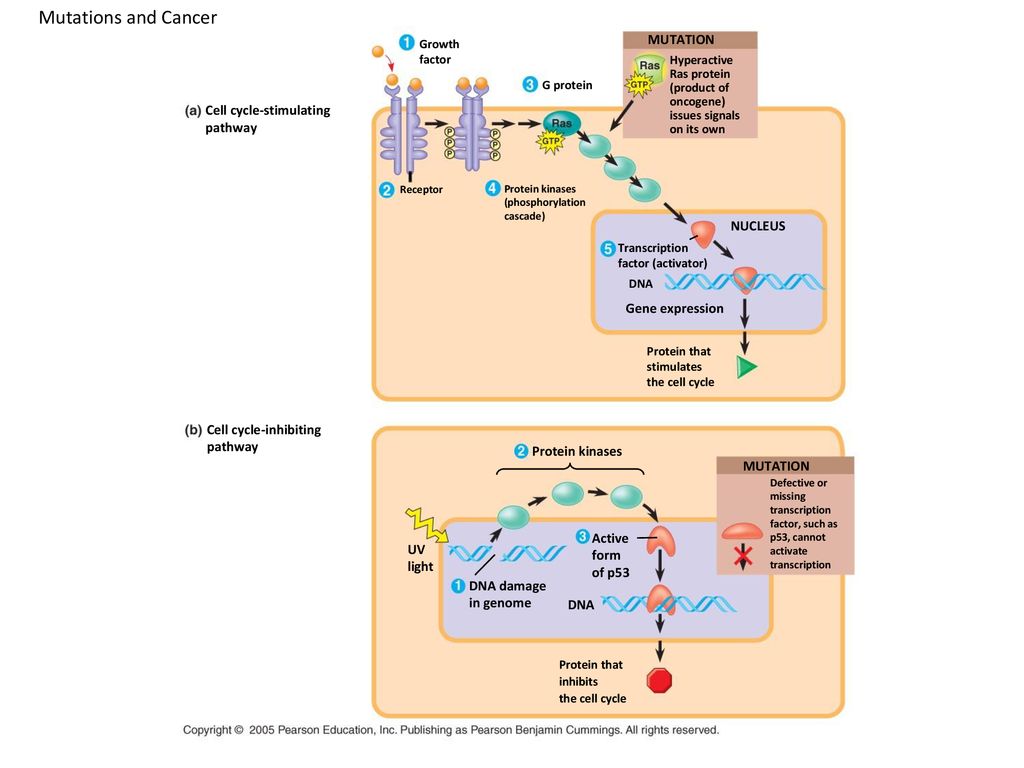Experimental design and mutation accumulation after 15 passages of Biology Diagrams Cell cycle checkpoints operate as DNA surveillance mechanisms that prevent the accumulation and propagation of genetic errors during cell division. Checkpoints can delay cell cycle progression or, in response to irreparable DNA damage, induce cell cycle exit or cell death. Cancer-associated mutations that perturb cell cycle control allow The rate at which DNA mutations accumulate varies substantially across cell types and tissues in the human body, but the origin of these differences is not well understood. This study develops a model to interpret "clock-like" mutation accumulation in humans, showing that the rate of accumulation depends on underlying processes of DNA damage, repair and replication. Cancer-associated mutations that perturb cell cycle control allow continuous cell division chiefly by compromising the ability of cells to exit the cell cycle. Cyclin D-CDK4/6 accumulation

Cyclins and Kinases. The cell cycle is controlled by a number of protein-controlled feedback processes. Two types of proteins involved in the control of the cell cycle are kinases and cyclins.Cyclins activate kinases by binding to them, specifically they activate cyclin-dependent kinases (CDK).Kinases are enzymes that catalyze the transfer of a phosphate group from ATP to another molecule in a The cell cycle is a complex and strictly controlled process, consisting of different phases. Cell cycle regulation depends on phase-specific transcriptions of cell cycle genes. The alterations of cell cycle genes can predispose normal cells to have a cancerous phenotype. Indeed, several mechanisms underlying the deregulation of the cell cycle have been identified in different types of cancer Second, the aggregate of mutations within each cell affects the selection dynamics between clones. 108 Despite a life-long accumulation of mutations in stem cells, a lack of negative selection of deleterious mutations is evident in tissue homeostasis and cancer. 19, 109, 110 In somatic evolution, this phenomenon may be explained by the

Stem cell mutations, associated cancer risk, and ... Biology Diagrams
The cell cycle consists of the actual cell division stages (Mitosis) and the period between successive cell divisions, called the Interphase. Cancer results from an accumulation of somatic mutations in both TSGs and proto-oncogenes. Each new somatic mutation creates changes in the cell which contribute to the malignant phenotype. The G1/S transition in mammalian cells. CycD is a sensor of mitogenic stimuli linking the cell cycle with the external environment. Growth factor‐induced cycD accumulation results in the formation of active cycD/cdk4, which overcomes inhibition by p16 and phosphorylates Rb.
